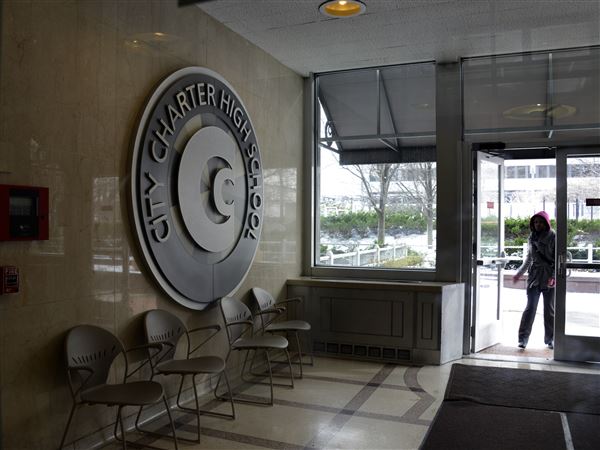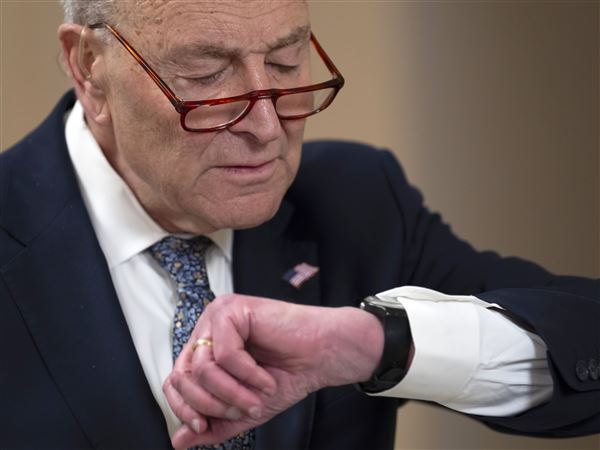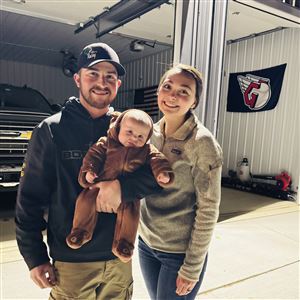When one gets on a plane in the East Coast and is in Los Angeles or London a few hours later, one rarely stops to think about what a remarkable feat that is and, more importantly, how recently this kind of travel has become commonplace. Humans have inhabited the planet for roughly 200,000 years, but our global impact is amazingly recent.
W.W. Norton ($27.95).
For example, in the year 1000 an estimated 300 million humans and their domesticated animals made up only 2 percent of the mammal biomass. The exponential population growth and ensuing growth in mechanization of food production means that now humans and domesticated animals account for 90 percent of the mammal biomass.
Likewise, paving roads, rerouting rivers, and leveling forests have resulted in 75 percent of the land mass on Earth being subdued for human use. Diane Ackerman, who is best known for “The Zookeeper’s Wife” and “A Natural History of the Senses,” presents these facts in the opening sections of her newest book, “The Human Age: The World Shaped by Us.”
It is not a dim horror story of a future Armageddon. Instead, Ms. Ackerman delivers a remarkable page-turner that presents a series of possible futures that are being created today.
From the beginning she challenges our assumptions, starting with a fascinating story of a new international effort called “Apps for Apes” that aims to improve the lives of orangutans in captivity. The program gives them access to iPad games that appear to enrich their lives.
While readers may cringe upon reading about this program, she is quick to point out the negatives, along with some surprising positives, that echo how remarkably close we are linked genetically.
Ms. Ackerman suggests that the idea that nature is a place that you visit on weekends, or maybe for two weeks in the summer, is itself a rather odd idea. For most of humanity, we were mostly rural denizens who lived in nature.
In modern cities and homes, we remove nature by reshaping, paving and planting. We have controversial programs to remove deer that may be destroying suburban lawns and gardens, but at the same time freely bring dogs, cats and other animals indoors at a great cost, in part with our desire to reconnect with nature that we have removed.
Throughout the book, Ms. Ackerman recounts a remarkable number of counterintuitive findings. For example, cities such as New York, which seem the most removed from nature, actually have the lowest carbon footprint per person, due to shared heating costs, public transportation and the like.
On the flip side, remote areas that were recently virgin forest or lakes are now laced with plastics, trash, chemicals and metals, leaving truly virgin environments incredibly difficult to find.
The book is refreshingly upbeat with Ms. Ackerman’s focus pointed toward novel solutions. For example, Stockholm has a system that captures energy from commuters entering a subway station to heat nearby buildings in winter. It is like a human treadmill, without the treadmill.
In the end, it is a story of Homo sapiens as the ultimate tinkerers, constantly exploring, inventing and manipulating the world from the domestication of animals, to the creation of the electric light bulb, to the exploration of outer space. The same drive that led us to tame nature has led to the serious environmental problems on the horizon.
Ms. Ackerman suggests our goal is neither to ignore nature nor to plunder it, but instead to refine our place in the world. Ms. Ackerman likes the term Anthropocene era, which some have adopted to describe this new world view.
What is most enjoyable about her writing style is the inclusion of numerous vignettes throughout the book. In addition to the stories about Apps for Apes and council meetings on controlling the deer populations, there are discussions ranging from computer labs that are developing emotional robots, to self-cleaning house paints that mimic the water-shedding properties of leaves, to the remarkable number of wild coyotes living within the Chicago city limits.
Each vignette had a way of blurring the lines of whether an environment evolved through natural processes or was constructed as a human endeavor. “The Human Age” is worth a read for these anecdotal stories alone.
First Published: October 5, 2014, 4:00 a.m.














